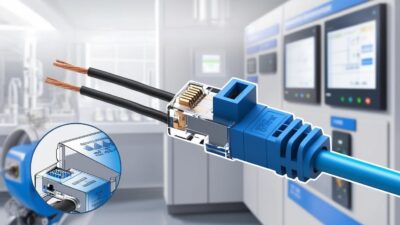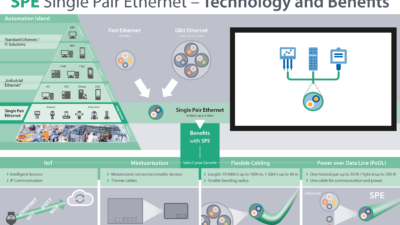Let's say a pressure sensor regularly bumps against its alarm limit. An operator decides to take a hand-held and shift it just a little to knock off the racket. Is that OK?
Recently I heard a report that a well known oil, gas, and petrochem industry company had done a survey of the instrumentation in one of its plants. The company was dismayed to find that many of the devices had settings that were different than they were supposed to be according to the database in the control system.
Further investigation determined that it was a relatively common practice for operators to go into the plant with a hand-held interface and tweak settings. Several reasons were cited for this, but the most common had to do with trying to reduce the number of "nuisance" alarms. In most cases the changes were appropriate or at least tolerable and did not result in unsafe conditions. However making such adjustments without updating the database information is not a good idea for any number of reasons.
The problematic practice was limited to the parts of the plant that operated with hard-wired analog communication. Most devices involved were HART enabled and it was very simple to change the configuration in the field with a hand-held communicator. Operators did update the database from time to time, but this was the exception.
Other parts of the plant operate using fieldbus communication, which makes this type of unmanaged change much more difficult. Platforms such as Foundation Fieldbus and Profibus PA allow for such setting changes, however the procedure involves doing it from a more centralized location such as an engineering station. Modifications require appropriate clearance, are recorded by the system, and can be set to update the database automatically.
Without such built-in procedures, change management becomes a matter of training and discipline among operators. If it is not followed and the information in the control system no longer reflects reality, it isn’t difficult to imagine the kinds of problems that could result during troubleshooting or in the wake of an upset or accident.
What is your experience? Does this sort of thing go on in your plant? Is it a problem?
Join the discussion and offer your thoughts on this topic, which is now featured in the "discussion" areas on the Control Engineering groups at Facebook or Linkedin .
-Peter Welander, process industries editor, [email protected],
Control Engineering Process Instrumentation & Sensors Monthly
Register here to select your choice of free eNewsletters .


